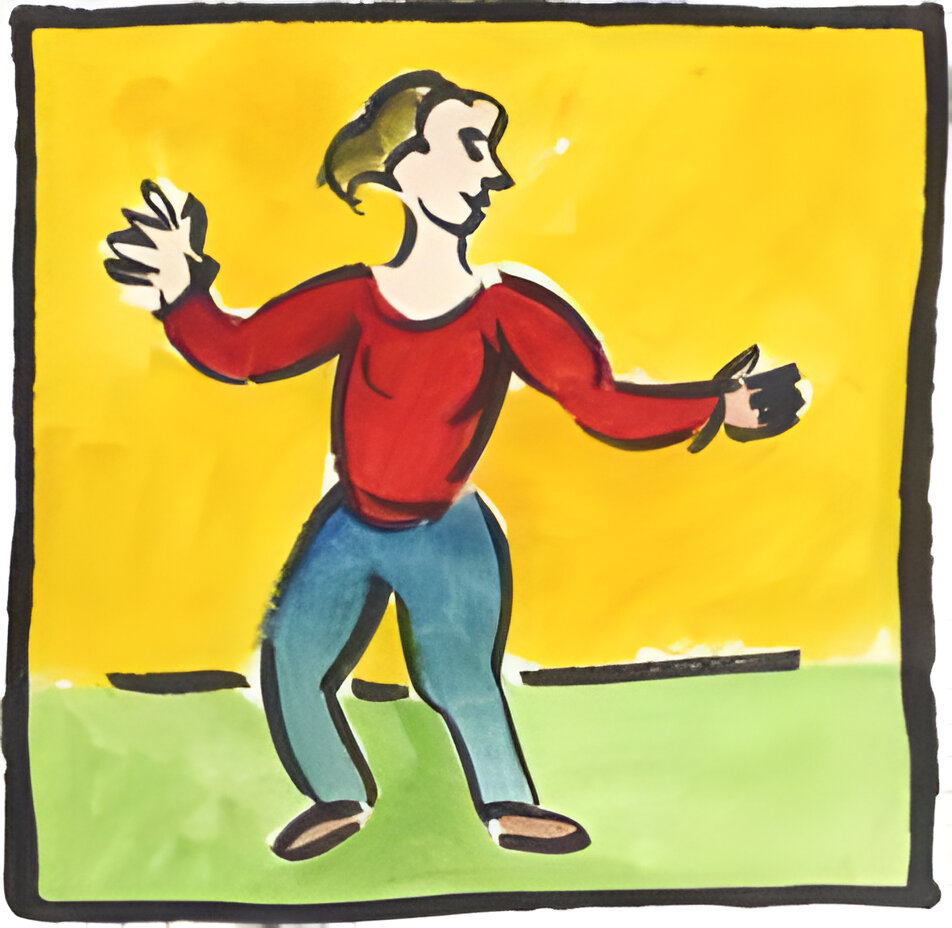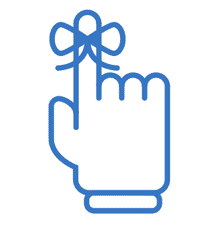Side-lying, improving functional relationships of the shoulders and hips through small and large movements. Constructing and improving your image of the "quadrilateral" of the torso while integrating the ribs, spine, neck, and head. Later, harnessing the suppleness of the quadrilateral to support reaching and circling the arm.
Side-lying, further expanding the image of the shoulders and hips toward improving major postural and gait-related organizations of the torso. This lesson uses bending and thrusting the legs from the hips along with lengthening, arcing, and circling the arms. Prerequisite linked in lesson notes.
How do we get off the floor? This lesson explores the path from lying on your back to sitting up, and getting back down again, organizing the torso and limbs towards a smoother, simpler, more pleasurable transition. These movements are also powerful organizers for improving upright posture.
Back-lying. This quiet, simple presentation of a classic Feldenkrais lesson becomes the background for a potent exploration: how does seeking and sensing our natural spinal bias – and resting our attention with it or away from it – affect how we move, feel, and function? Recorded near the beginning of the Covid-19 lockdown, this lesson starts with a four-minute talk about embodied equanimity, and the particular rabbit hole of learning we'll be heading down together.
Back-lying, knees bent, feet standing, often one leg resting out to the side on a pillow. Learning to move the whole self (proximal) in relationship to a quietly resting limb (distal), often using pelvic clock movements. This reversal of the typical image we have of moving a limb creates a novel learning environment within the self, with benefits for the legs, hips, back, and our overall organization. Sitting on the floor at the beginning and end of the lesson is used to help identify some of the changes that take place.
Side-sitting, back-lying, and side-lying. Beginning and ending with classic Feldenkrais explorations of twisting while side-sitting on the floor, this lesson is designed to make side-sitting more accessible, and to free your torso and hips. Alterations – including chair-seated – are discussed, and long lying down portions of the lesson reveal how folding and arching can improve turning and twisting.
Back-lying, knees bent, feet standing, variations on lifting and lowering the pelvis, and eventually bridging the arms, to improve upright organization and balance.
Back-lying, knees bent, feet standing, exploring connections between the joints of the legs, and clarifying their relationship with the abdominal muscles, pelvis, back, breath, and head. Improving leg function by developing some movements into rapid action.
Back-lying, knees bent, with a floor-seated frame at the beginning and end. Preparing for and clarifying an important primary relationship in the body: arching the spine while flexing the hips.
Back-lying, side-lying, and transitioning into side-lying, refining and harnessing your image of your spine's bias and action as it relates to (and powers) the stepping down of your feet. All toward reorganizing your gait.



